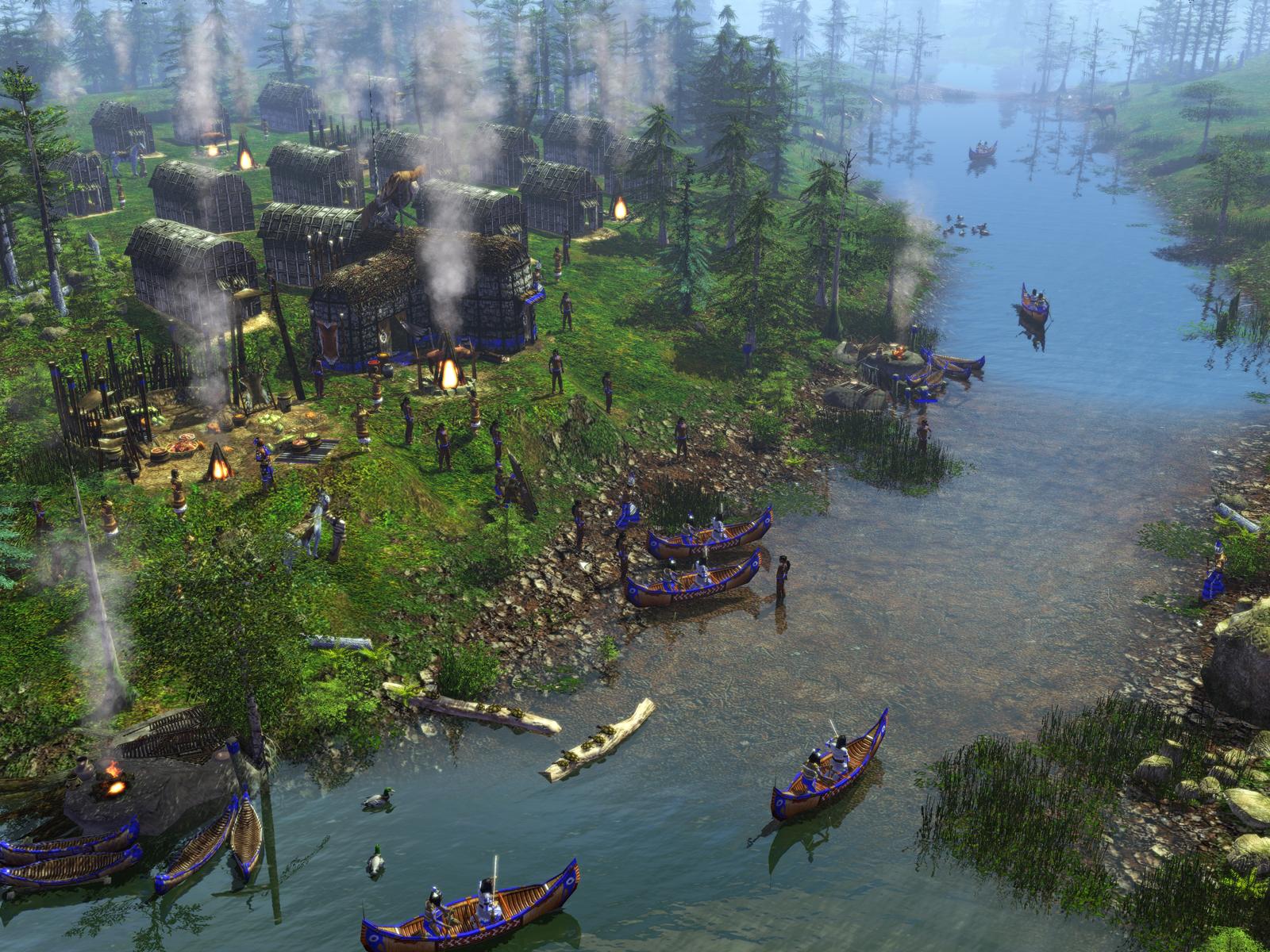



Not because they are stronger than the others, but because they introduce gameplay mechanisms that give a more modern look to the game compared to other civilizations. If used well, strategy changes the way battles develop.Īmong the eight civilizations present in the game, Mongolian and Rus stand out (representing the people who would give rise to Russia). The main one is the ability to hide armies from the view of enemies in forested areas, making ambushes possible. This similarity to “Age of Empires 2” is also seen in much of the gameplay and in the characteristics of civilizations present in the title, with small, and welcome, news. The new title returns to the backdrop of the historical period of the Middle Ages, also represented in “Age of Empires 2”, breaking the pattern of the first three main games in the franchise (produced by the late Ensemble Studios), since each of them it was inspired by a different historical period – “Age of Empires” ranged from the Stone Age to the Iron Age and “Age of Empires 3” from the early Modern to the mid-19th century. In the tradition of previous titles, “Age of Empires 4”, produced by Relic Entertainment and World’s Edge (a studio created by Microsoft to oversee the franchise’s games), is a real-time strategy (RTS) game in which the player takes control of a civilization with reality-based historical characteristics and competes for control of resources on a predetermined map against other players. For this, instead of revolutionizing the series, the sequel seeks in the original trilogy –in particular “Age of Empires 2″– the bases to attract nostalgic fans and conquer a new generation of gamers. “Age of Empires 4” arrives on PCs this Thursday (28) trying to recover the long-lost Microsoft franchise after 16 years of expansions, relaunches and games for mobile devices with little success.


 0 kommentar(er)
0 kommentar(er)
